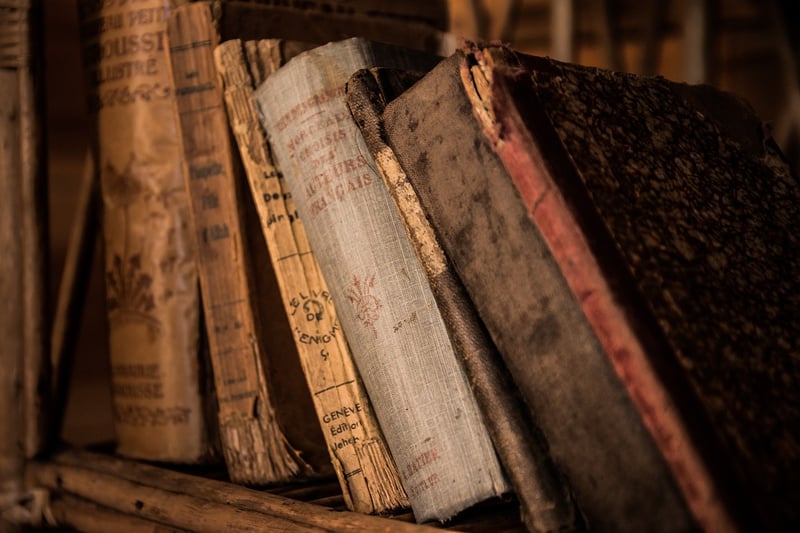Safekeeping Protocols
Handling Important Historical Items and Safekeeping Protocols
Preserving historical artifacts is crucial for maintaining our cultural heritage. Whether you are a museum curator, archivist, or collector, handling these items requires careful consideration and adherence to safekeeping protocols to ensure their longevity and integrity.
1. Proper Storage
Store historical items in a controlled environment with stable temperature and humidity levels to prevent deterioration. Use acid-free materials such as archival boxes, folders, and tissue paper to protect items from damage.
2. Handling Techniques
When handling historical items, wear gloves to prevent transferring oils and dirt to delicate surfaces. Support fragile items from underneath and avoid touching vulnerable areas like paper edges or painted surfaces.
3. Display Considerations
If you are displaying historical items, use UV-filtering glass to protect them from light exposure, which can cause fading and deterioration. Rotate items on display to minimize light damage.
4. Security Measures
Implement security measures such as alarms, surveillance cameras, and restricted access to storage areas to prevent theft and vandalism. Conduct regular inventory checks to ensure all items are accounted for.
5. Documentation and Cataloging
Keep detailed records of historical items, including descriptions, provenance, condition reports, and photographs. Use a standardized cataloging system to easily track and locate items in your collection.
6. Conservation and Preservation
Consult with conservators for proper conservation and preservation techniques for delicate items. Avoid DIY repairs and treatments that may cause irreversible damage to historical artifacts.
7. Disaster Preparedness
Develop a disaster preparedness plan that includes protocols for handling natural disasters, fires, floods, and other emergencies. Store duplicates or digital backups of important documents off-site for added protection.
Conclusion
By following these safekeeping protocols and best practices for handling important historical items, you can contribute to the preservation of our cultural heritage for future generations to appreciate and learn from.

Image Source: Pixabay
